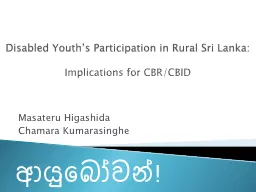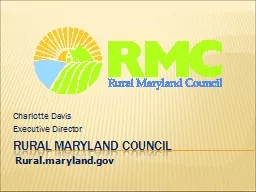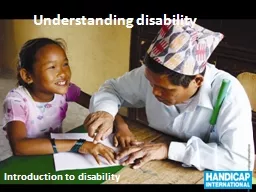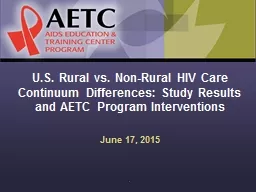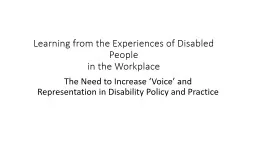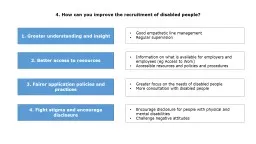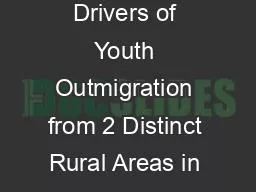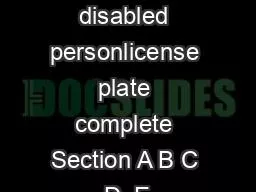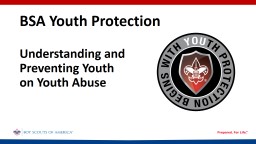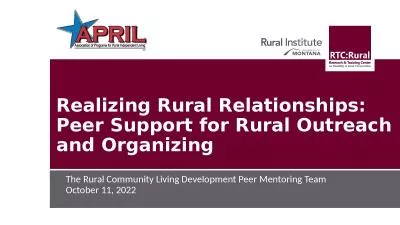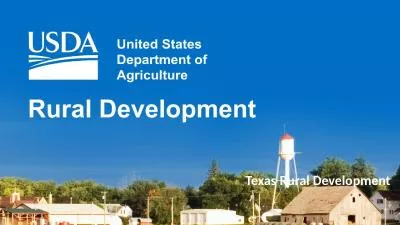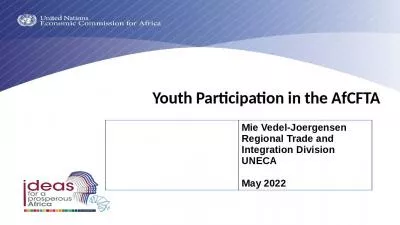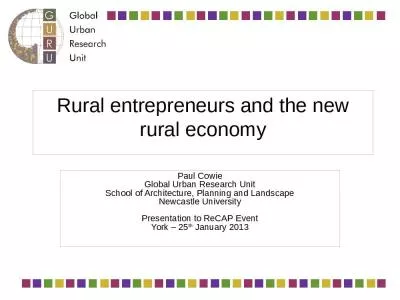PPT-Disabled Youth’s Participation in Rural
Author : kaptainpositive | Published Date : 2020-08-27
Sri Lanka Implications for CBRCBID Masateru Higashida Chamara Kumarasinghe ආයබවන Background amp Literature Review Field Research Discussion and
Presentation Embed Code
Download Presentation
Download Presentation The PPT/PDF document "Disabled Youth’s Participation in Rura..." is the property of its rightful owner. Permission is granted to download and print the materials on this website for personal, non-commercial use only, and to display it on your personal computer provided you do not modify the materials and that you retain all copyright notices contained in the materials. By downloading content from our website, you accept the terms of this agreement.
Disabled Youth’s Participation in Rural: Transcript
Download Rules Of Document
"Disabled Youth’s Participation in Rural"The content belongs to its owner. You may download and print it for personal use, without modification, and keep all copyright notices. By downloading, you agree to these terms.
Related Documents

